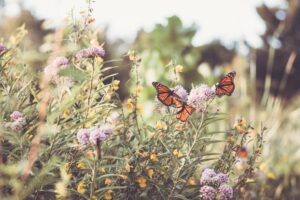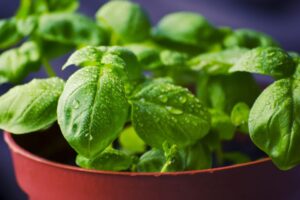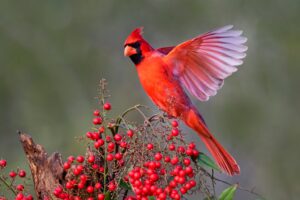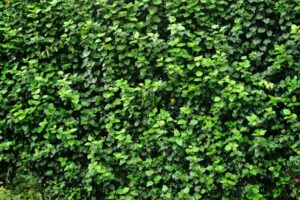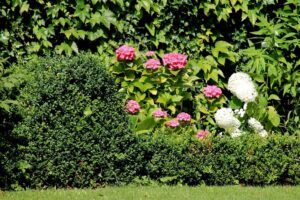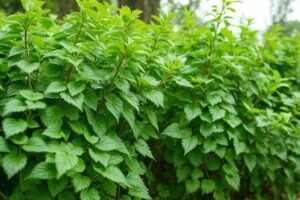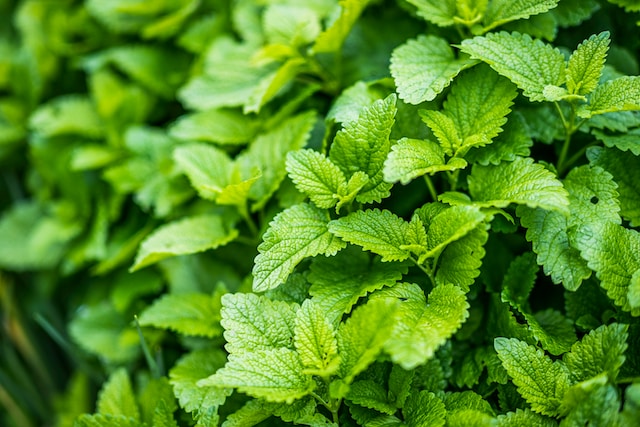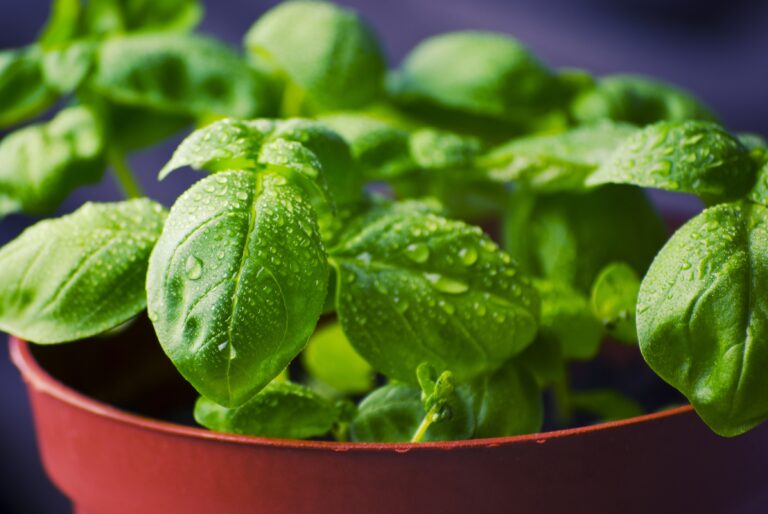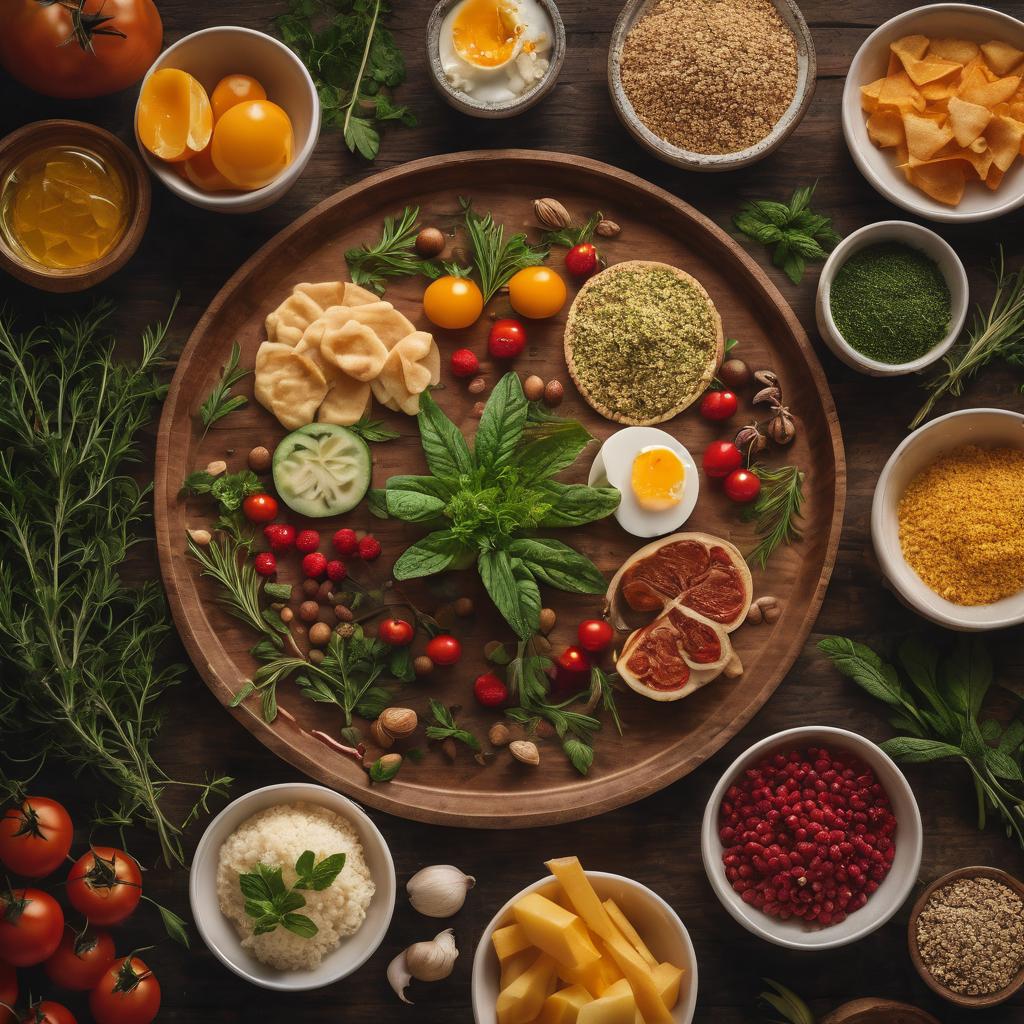Introduction
Lemon balm is a perennial herb that grows in U.S. Department of Agriculture plant hardiness zones 4 through 9 and has fragrant leaves and beautiful, small white or pinkish flowers. If you’re looking for an herb that’s both pretty and delicious, lemon balm might be just what you need in your garden! In this article, we’ll explore all the ins and outs of growing lemon balm plants. We’ll cover all the basics—from types of seeds to growing conditions—as well as some advanced tips on harvesting herbs that can help you get the most out of your garden stash (or at least make it look good).
LEMON BALM
Lemon balm (Melissa officinalis) is a mild sedative and can be used to treat insomnia. It’s also an anti-inflammatory, nervine (nervous system tonic), expectorant, diaphoretic and carminative–which means that it helps with digestion.
Lemon balm has been used medicinally since ancient times as a remedy for anxiety and depression; as an anti-spasmodic; to reduce inflammation; as a digestive aid; for respiratory problems like colds and coughs; as well as to help manage stress levels.*
CARE & MAINTENANCE
Lemon balm is a perennial herb that grows best in full sun and well-drained soil. Plant lemon balm in spring or fall, making sure to choose an area with plenty of space for the plant to spread out. Water regularly during dry spells, but keep the soil moist at all times; overwatering can lead to root rot or fungal diseases such as powdery mildew on leaves and stems.
Lemon balm can be pruned to prevent leggy growth and encourage bushy growth if desired (see “Pruning Lemon Balm” below). Harvest leaves as needed throughout the growing season; they’re also great for making teas and tinctures!
GROWING LEMON BALM FROM SEEDS
Growing lemon balm from seed is one of the easiest ways to add this herb to your garden. The seeds are very small, so they germinate quickly and grow quickly once they have sprouted. You can start growing lemon balm from seed indoors or outdoors when temperatures are above 50 degrees Fahrenheit (10 degrees Celsius).
Outdoors: Sow your lemon balm seeds directly into prepared soil when all danger of frost has passed in spring or fall. Space plants about 12 inches apart in full sun or partial shade and keep them moist until germination occurs, which should take about three weeks if you’ve planted them early enough for warm weather conditions before winter arrives again in your area. If you plant too late for warm weather conditions but need to get started anyway because it’s too late for another crop such as lettuce or carrots (or whatever), try planting some extra seeds; these will overwinter nicely inside pots under lights until next spring when conditions are favorable again outside!
PLANTING SEEDS
Lemon balm is a perennial herb that can be grown in your garden and harvested year after year. It’s also known as Melissa officinalis, which means “honey bee” in Latin. This herb has many uses, including helping to soothe sore muscles and ease headaches.
Lemon balm grows best when planted in early spring or late summer. The seeds are tiny, so they need to be planted 1/2 inch deep in loose soil with good drainage that gets plenty of sun each day (8 hours). They will germinate within 10 days if the temperature is between 65 and 70 degrees Fahrenheit during this time period; otherwise wait until the weather warms up before you begin planting them outdoors!
HARVESTING AND CURING YOUR GARDEN STASH
The first step to harvesting lemon balm is to pick the leaves. Once you’ve done so, dry them in a dark, well-ventilated place. The best way to do this is by hanging bundles of the herbs upside down from hooks or nails on a clothesline until they’re completely dry (you can also lay them out flat on trays).
Once they’re fully dried, store them in an airtight container so that no moisture gets into them and ruins their potency over time. To use fresh-picked lemon balm leaves for teas or infusions like tinctures or syrups, simply crumble them up with your fingers before adding them into whatever recipe calls for it!
Grow and harvest lemon balm plants in your garden.
Lemon balm is a perennial herb that grows well in most climates, making it an excellent addition to your garden. This herb can be harvested and used in many ways, but first you’ll need to know how to grow lemon balm plants from seed or from cuttings.
Conclusion
Lemon balm is a wonderful plant to grow in your garden, whether you’re new to gardening or an experienced gardener. It’s easy to care for and can be harvested throughout the year. With its many uses, lemon balm makes an excellent addition to any home herbalist’s collection of herbs!


